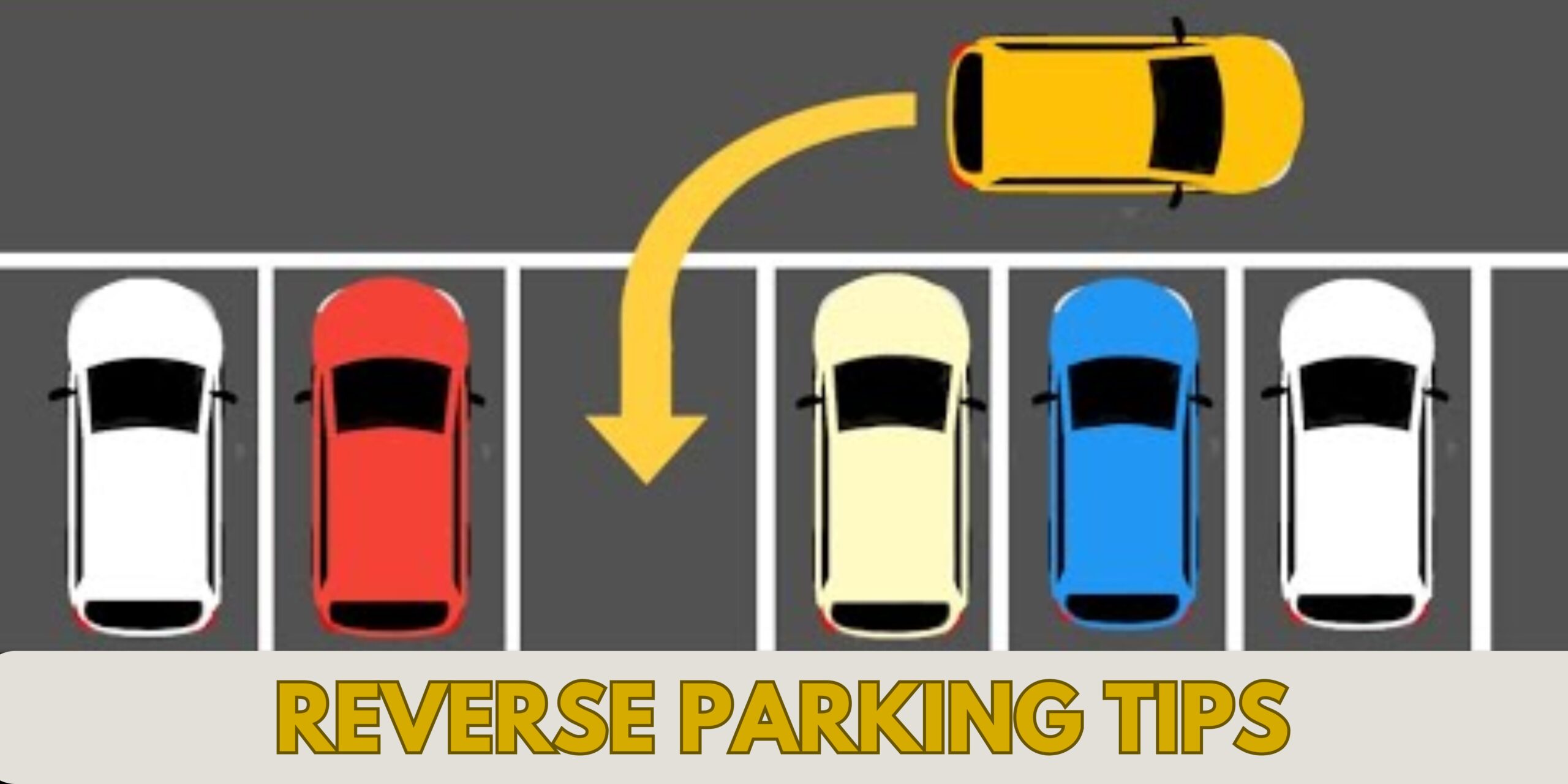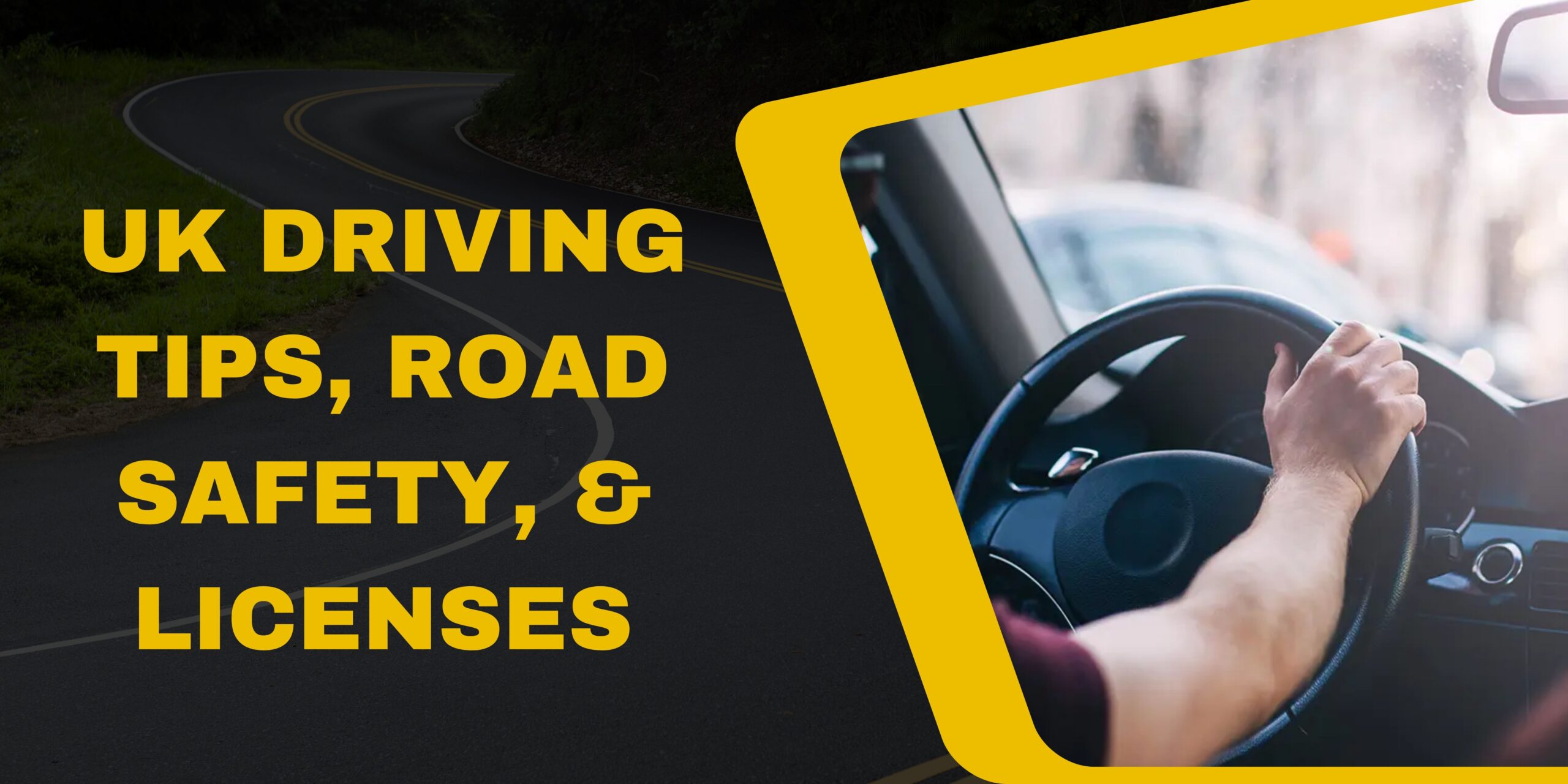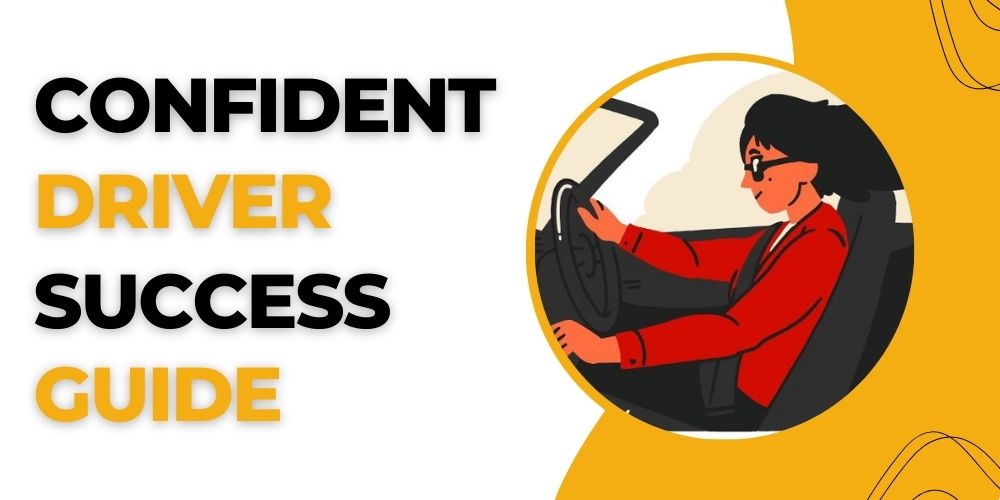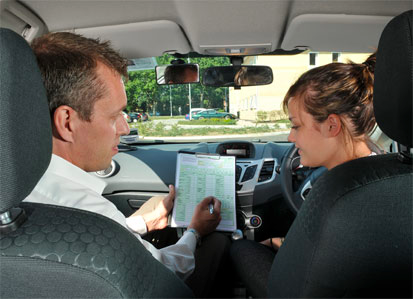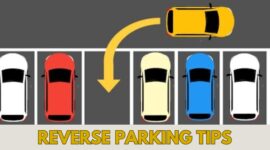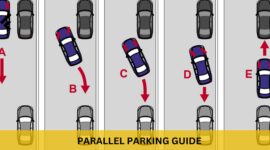Easy Reverse Parking Tips for Your Driving Test
If you reverse parking during your driving test, you need to be extra careful not to hit other cars while parking. If it’s your first time reverse parking, it’s a good idea to start with a larger following distance instead of squeezing your car in between other cars. Reversing parking improves your visibility when you exit the parking space because the front of your car faces the road. Learn more about reverse parking to make your driving test easier.
How to Reverse Park Like a Pro
Find the right spot
The first thing you should do is find a good spot to park your car. A gap that is not between cars is recommended for beginners. However, you should learn how to reverse park between them.
Having a gap without cars on the sides increases visibility and reduces the risk of collision with other vehicles. To make your encounter smooth, remember the rules of the park.
Drive past the parking lot
Once you find a suitable parking space, drive past the parking lot so that your rearview mirror is on the outside line. Your rear bumper should be on the third line from where you plan to park your car.
The lines give you a visual reference so you can pull over and turn your car perfectly. A third line alignment works well for sedans, but you may need to switch to the fourth line for trucks and SUVs.
Turn on your turn signals
Turning on your turn signals seems like a simple thing to do, but if you’re a beginner, you might forget to do it when reversing in your driving test and lose points. Turning on your turn signals towards a parking space signals everyone behind you that you want to enter the parking space. Turn on your hazard lights or turn signals to warn other drivers of your intention to back into the parking space.
To back up, shift and turn your wheels
Put your car in reverse and if the parking space is on the right-hand side, turn your wheels to the right until they lock in, whether you’re right-handed or left-handed. Before backing up, check your rearview mirror to make sure no cars or pedestrians are approaching, especially if you’re parking in a busy or public car park.
Look in all directions
Before reversing your car, turn your head to look in the direction you are reversing in. Don’t consider a backup camera as you won’t be able to use it during your driving test. Drive your car forward and when reversing, move a short distance away so you have enough space to look around.
Read More: Parallel Parking Guide
Continue reversing
Reverse slowly to make sure you’re doing it right. Remember the examiner is watching you. Start by straightening your car’s steering wheel as you pull into a parking space. The best position for going straight is with your rear bumper halfway across the gap. With practice, it will become easier to straighten your wheels so they are parallel to the gap.
Continue backing up with your wheels straight until your car is completely in the gap. Make sure your car doesn’t touch the parking sign lines and your front bumper is level with the edge of the sign. Be careful not to hit the curb or the car behind you. Don’t forget to look in your mirrors when backing up and looking over your shoulder.
Adjust your car accordingly
Check if your car is properly positioned in the parking space. You can even open the door to make sure it is in the right position. Don’t panic if your car is not in the parking space, you can drive up and enter again.
Put your car into parking mode and let the examiner comment if you are happy with it before preparing to leave the gap and continue with your driving test. It is also designed to be gentle when opening the door after diagonal parking, so you don’t hit the car next to you. The parking function allows for a smooth departure.
Final thoughts
You need to be extremely careful when reversing parking spots during your driving test. A little practice before the test will make the manoeuvre easier for you. Mirrors are essential when parking. Don’t forget to signal your intention to pull into the parking space.
Prepare properly for your exam to avoid tension and panic. The examiner may ask you to prove your skills in reversing to the right, left or parallel parking. The above simple reverse parking tips will help you capture every detail while reverse parking. If you are looking to learn driving look no further, Heartlands Driving Test Solutions is a trusted driving school with clients in Birmingham, Solihull and Sutton Coldfield. We are proud to offer our customers excellent driving lessons and driving tests for adults and teenagers. Contact us now on heartlandsdrivingschool.co.uk

